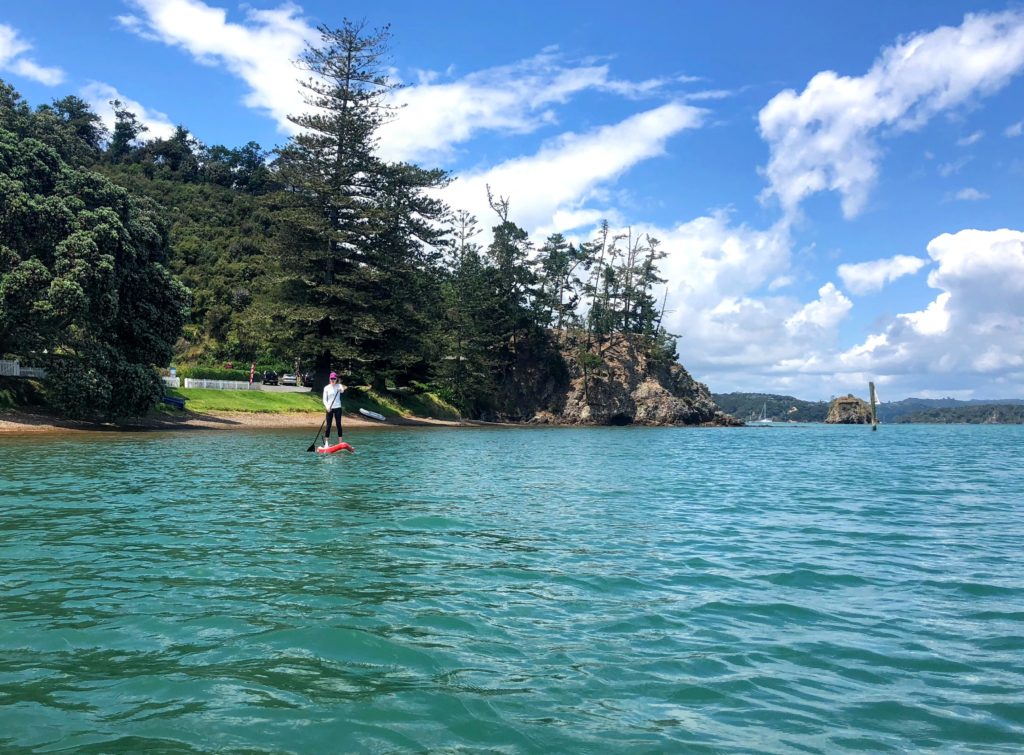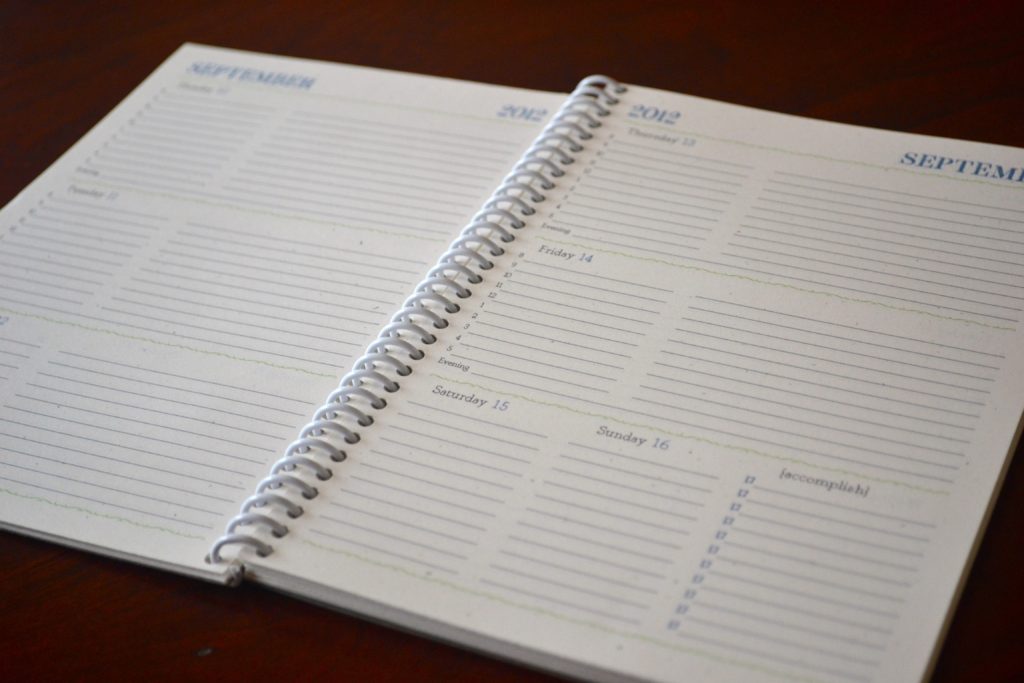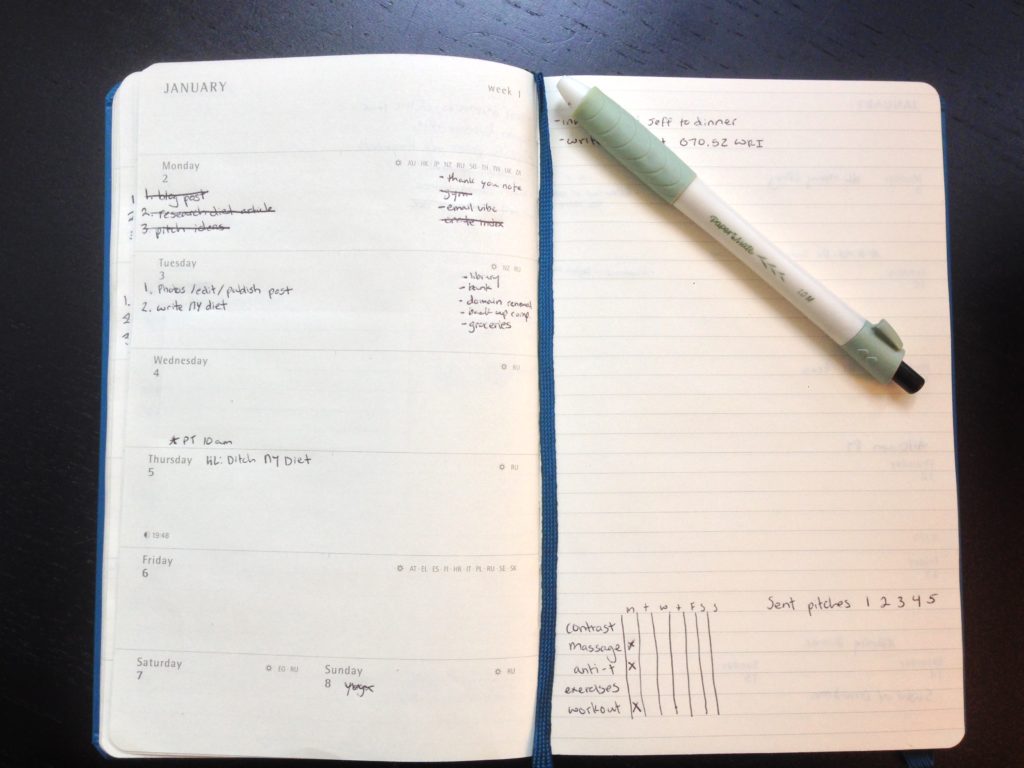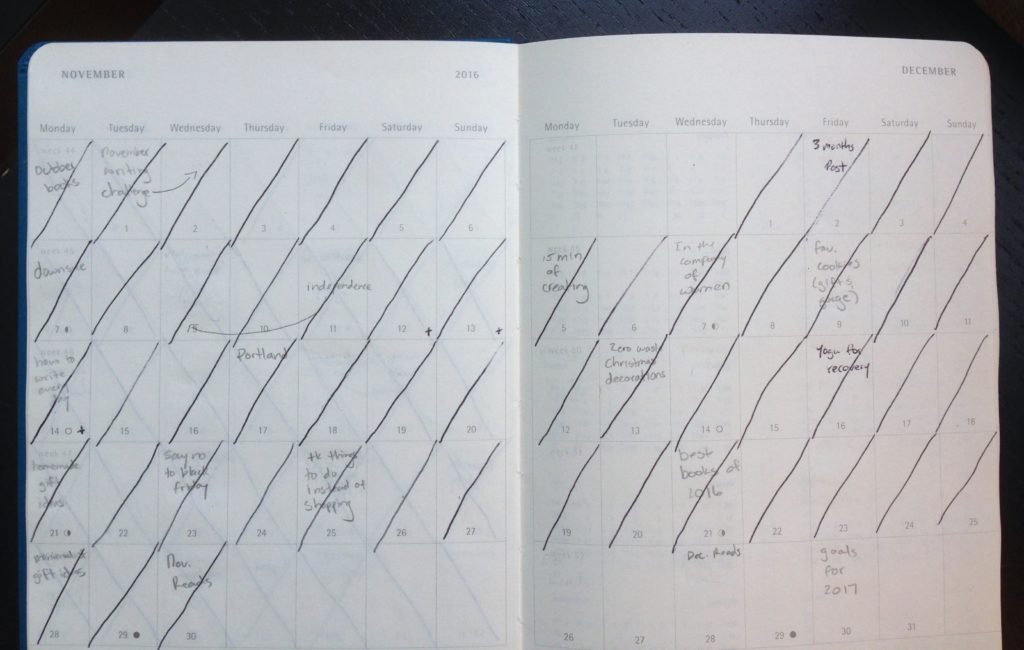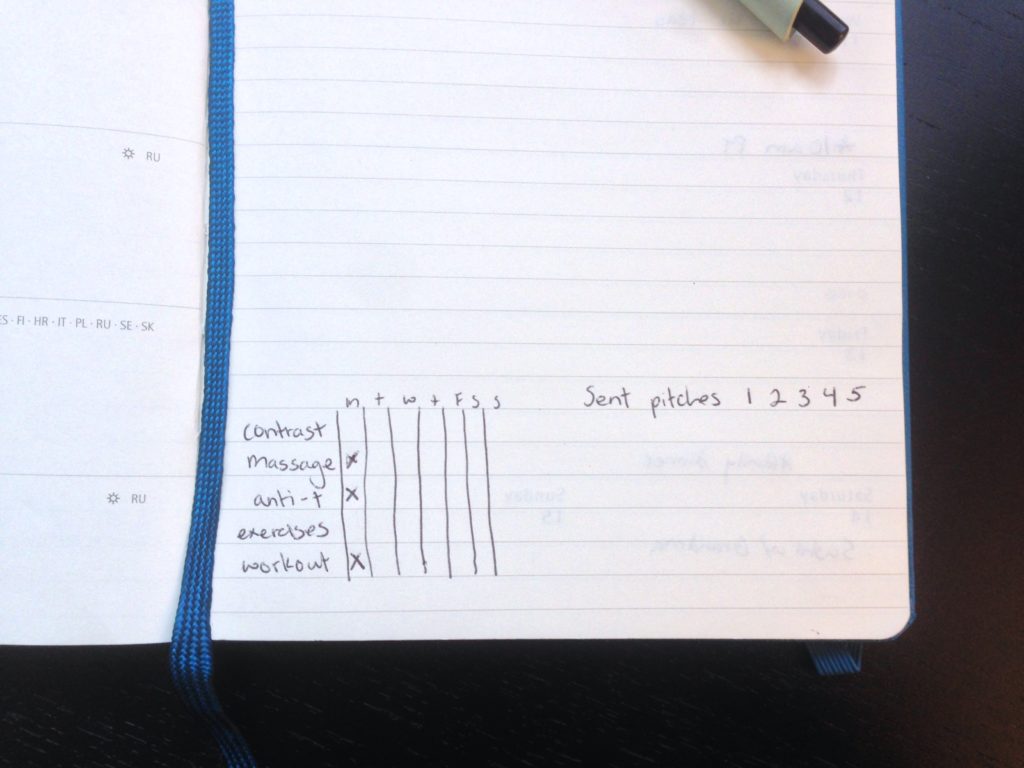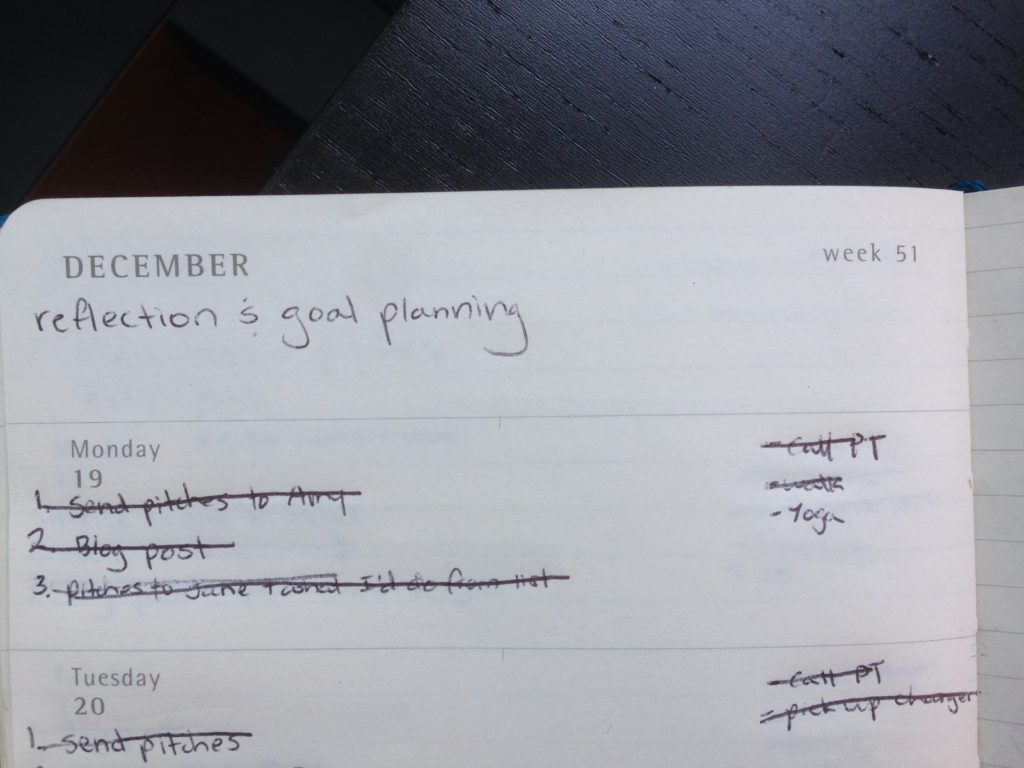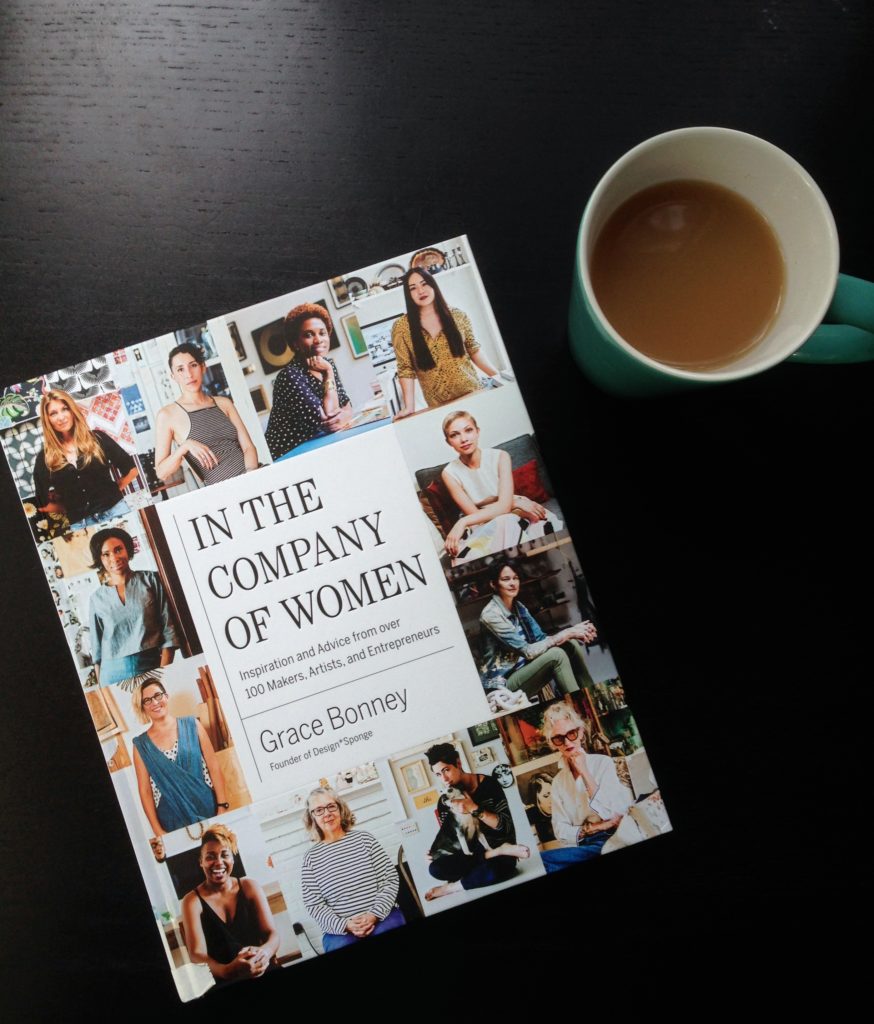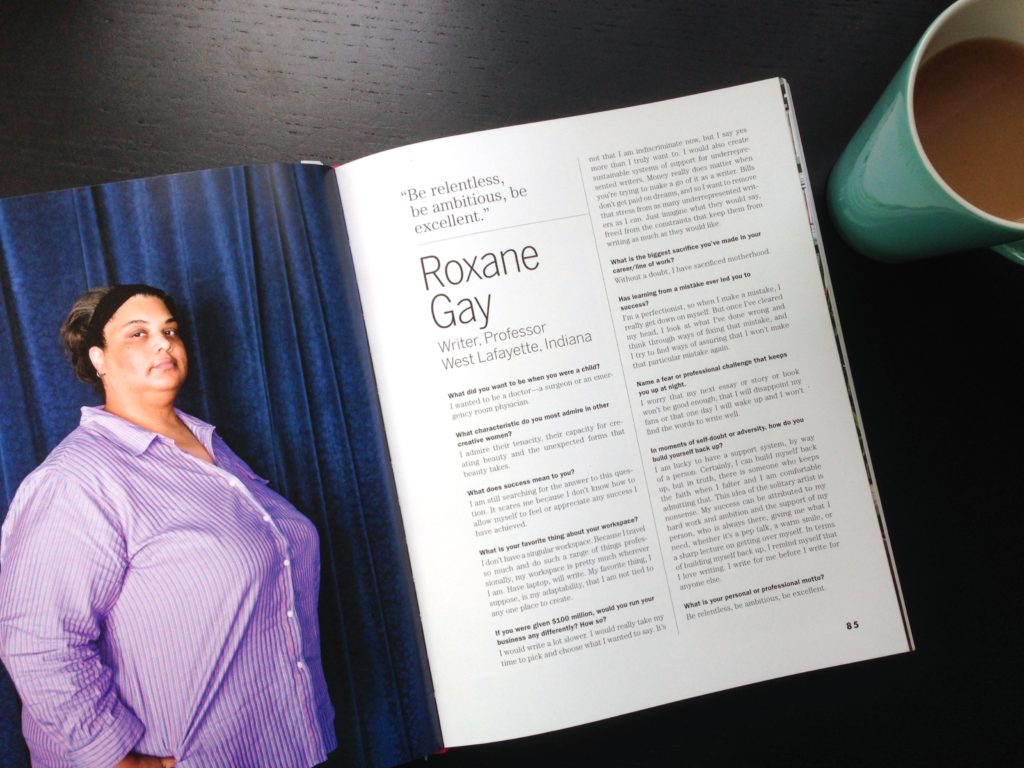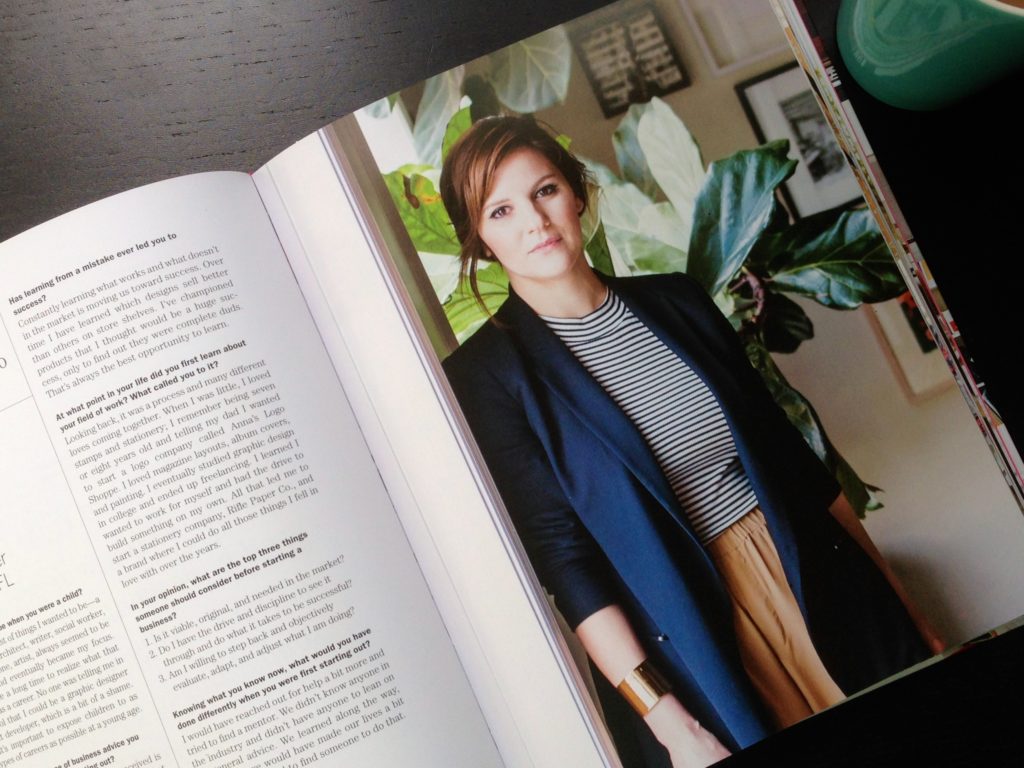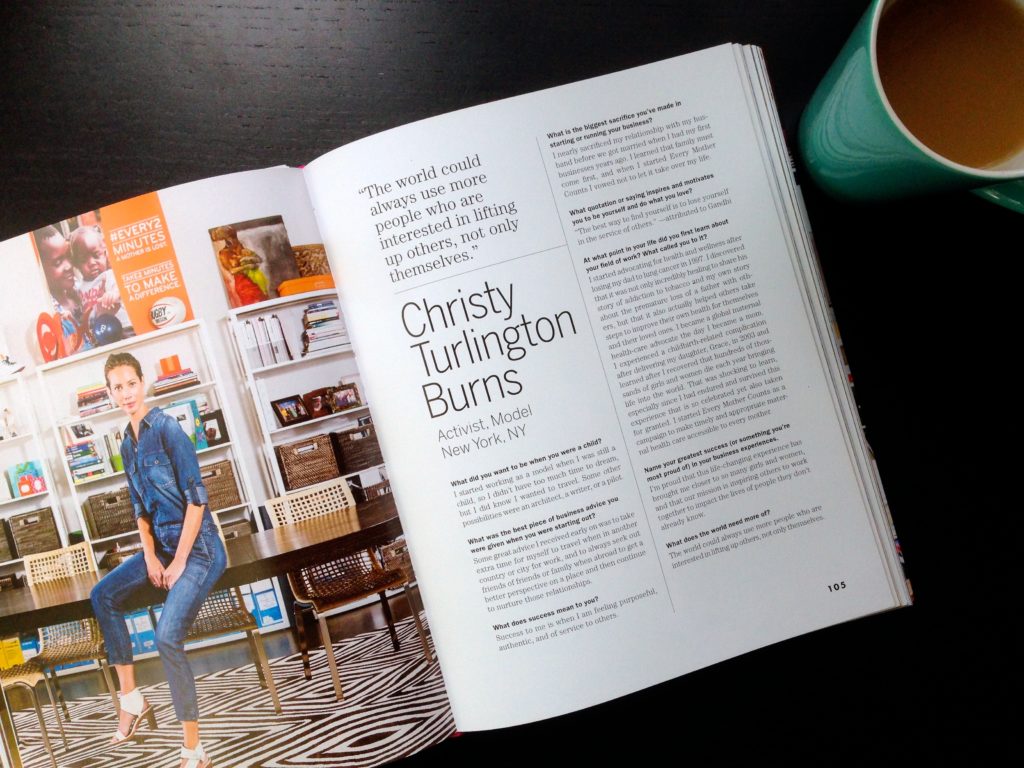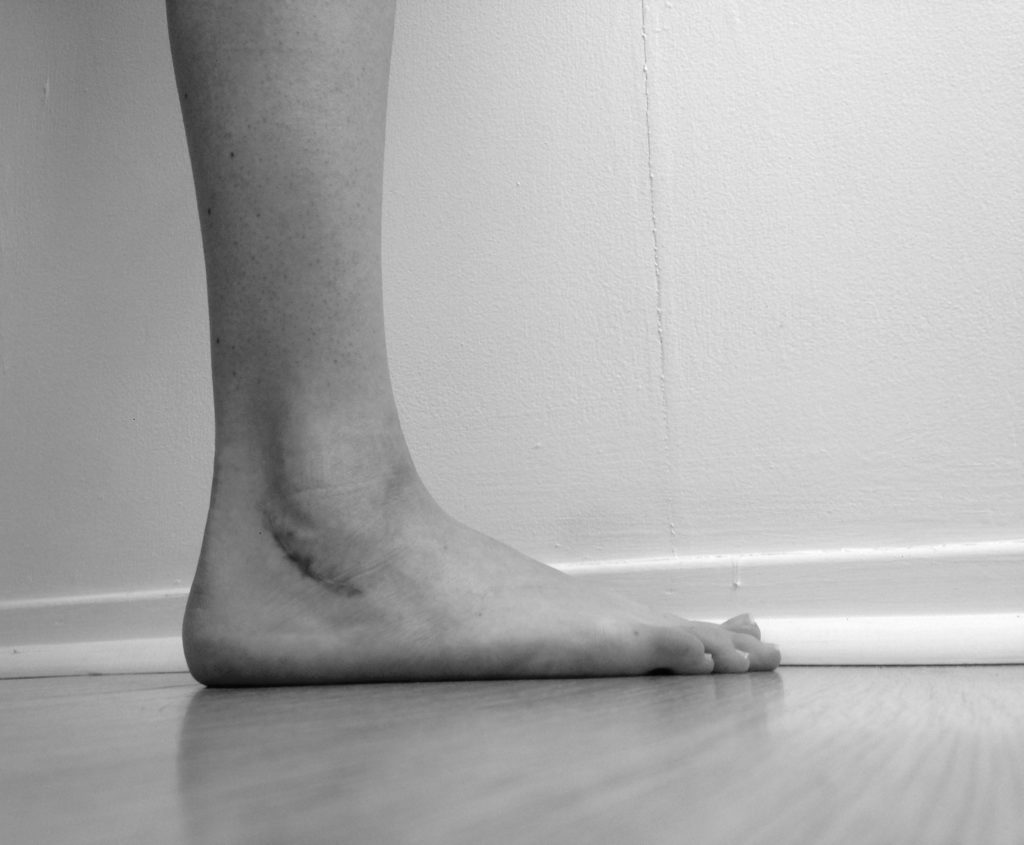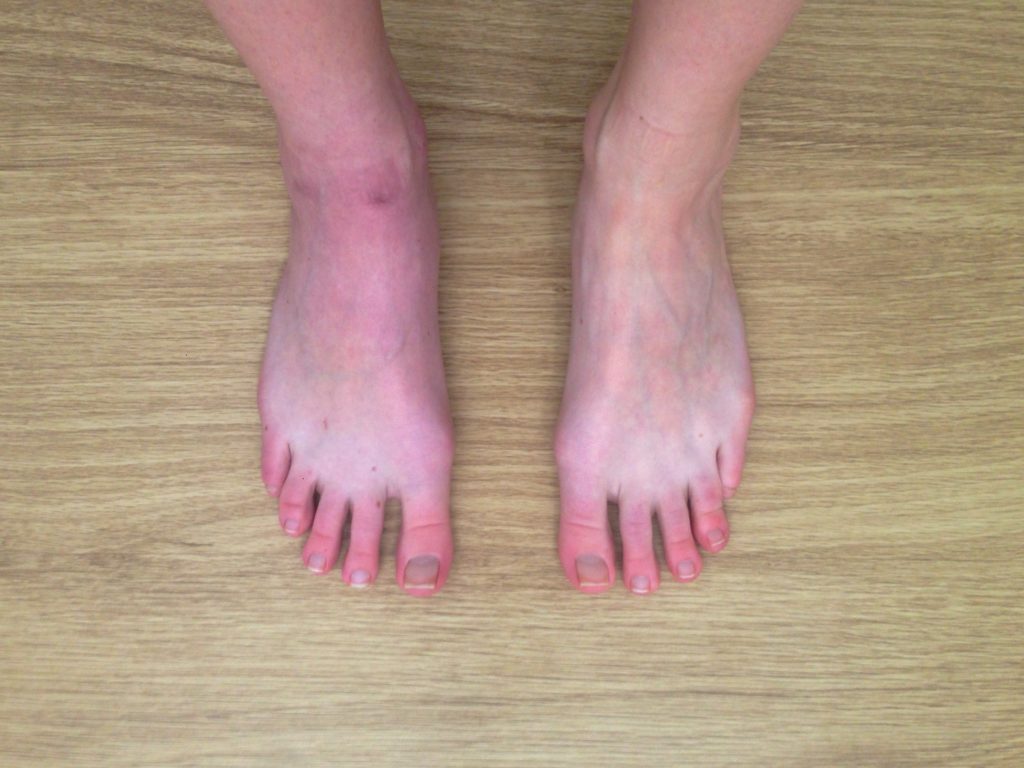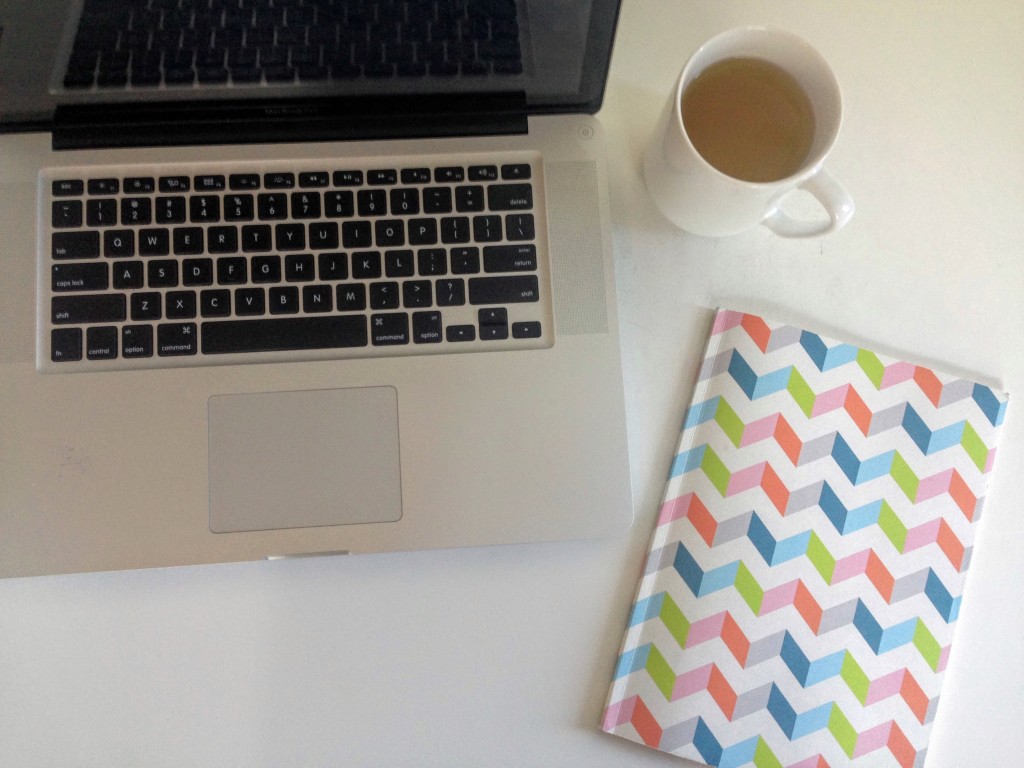17 Things I’ve Been Doing to Resist
It’s been a full year. A full 356 days of standing up for what I believe in, fighting for what’s right, and bracing myself for the next New York Times notification.
Many of the things below are not necessarily new to my life – some have been around for at least a decade – but they have taken on new meaning to me. Here’s a fairly exhaustive list of what I’ve been doing to resist (in no particular order).
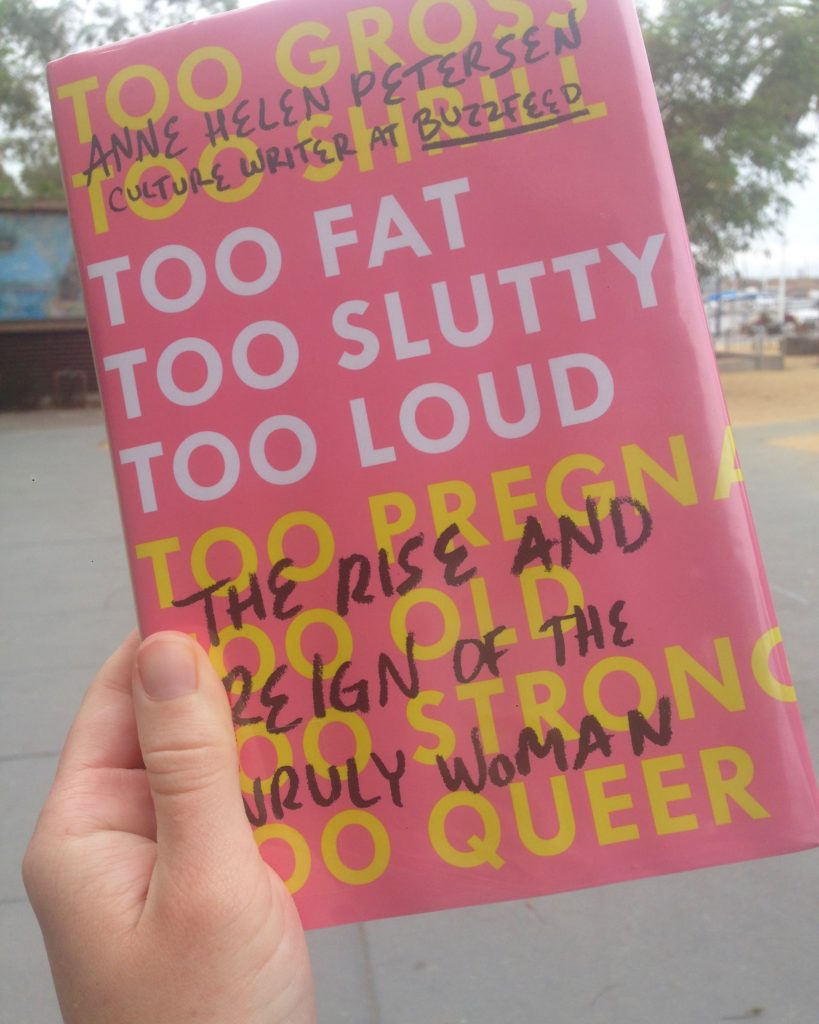
1. Reading
Books are powerful. Written language carries weight and meaning beyond the letters on the page. There’s a reason the current administration doesn’t want anyone reading newspapers or getting their right to free education.
Newspapers, magazines, blogs, and books illuminate other perspectives and immerse you in someone else’s experience for a brief moment. They add context and gravity to the things happening around us and help us better understand the real stakes. While I think any reading can be an act of resistance (and self-care!), here are a few of the books I read in the past year that fired me up or gave me much needed understanding:
- No Is Not Enough: Resisting Trump’s Shock Politics and Winning the World We Need
- On Tyranny: Twenty Lessons from the Twentieth Century
- Radical Hope: Letters of Love and Dissent in Dangerous Times
- Asking for It: The Alarming Rise of Rape Culture and What We Can Do about It
- Too Fat, Too Slutty, Too Loud: The Rise and Reign of the Unruly Woman
- Persepolis: The Story of a Childhood
- Hope in the Dark
- We Were Eight Years in Power
The first two are must-reads.
2. Supporting Real News
It’s vital to support valuable sources of truth with money. I have a NYTimes subscription, but just remembering to turn off my ad blocker and spending more time with their content can make a difference for newspapers and journalists.
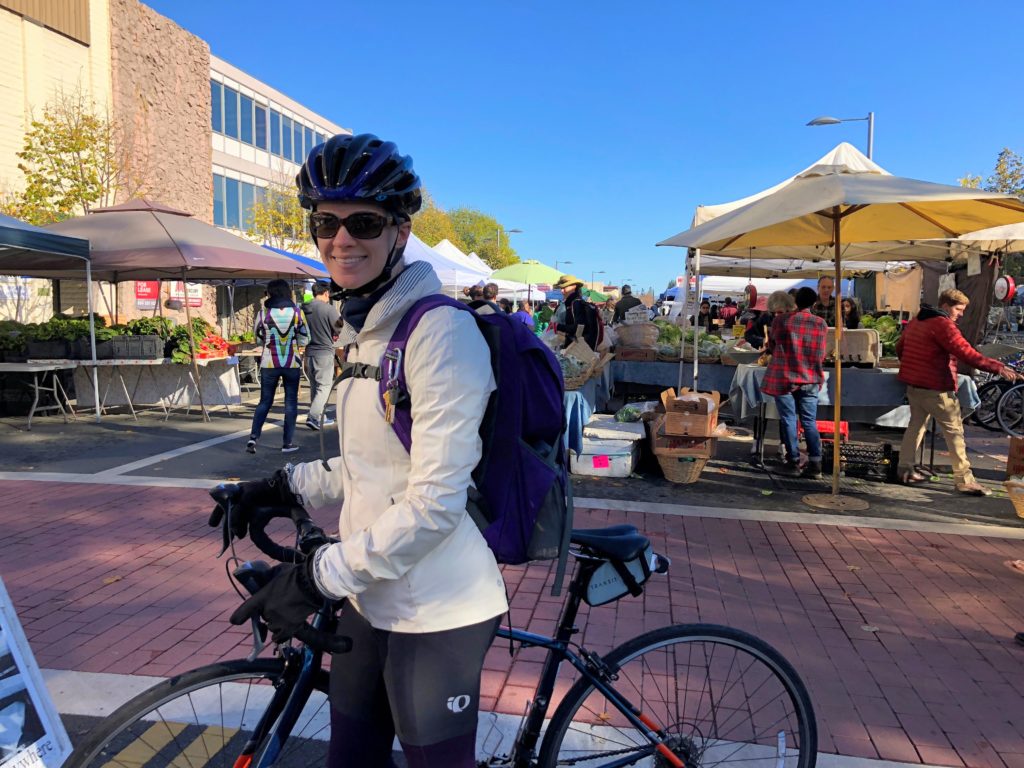
3. Riding My Bike
Every time I pick up my helmet instead of my car keys, I’m giving this repulsive administration a massive middle finger. Oil money has bought them off, and I refuse to put any back in their pockets. Instead I make every effort to ride my bike and pay for public transit. Each time I buy a ticket for the local train I am voting with my dollars and insisting that we need more funding and investment in our shared resources and sustainable transit. Riding my bike improves my community’s air quality, reduces traffic and road congestion, (hopefully) inspires other people to bike, and makes it safer for everyone. It also makes me really happy.
Who knew riding could feel so damn satisfying.
4. Calling My Representatives
I am lucky to live in a state/region that has politicians who are fighting for equality and justice. But that doesn’t mean they don’t need to hear from the people who support them. Actually calling makes me nauseous (and I totally cried once while talking to a staffer about health care and how much the Affordable Care Act has helped me), but I always feel better when I do.
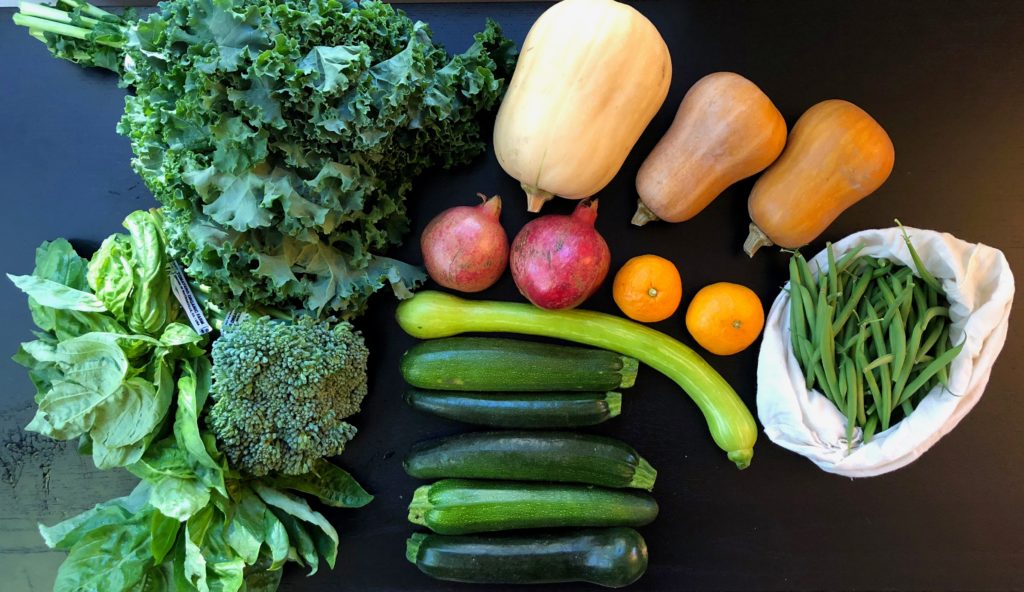
5. Eating My Values
I’ve been vegetarian for more than a decade. This year we’ve made an even bigger push to eat local foods by skipping the grocery store and getting our produce at our farmers’ market instead. Our veggies are from fields around the area and our money goes straight to the farmers instead of filtering through Amazon’s pockets. I refuse to give Monsanto or other massive agro-companies my money. We buy organic to protect our local environment, the workers, and ourselves. We’ve also been paying attention to foods with big carbon or water footprints and trying to eat them less.
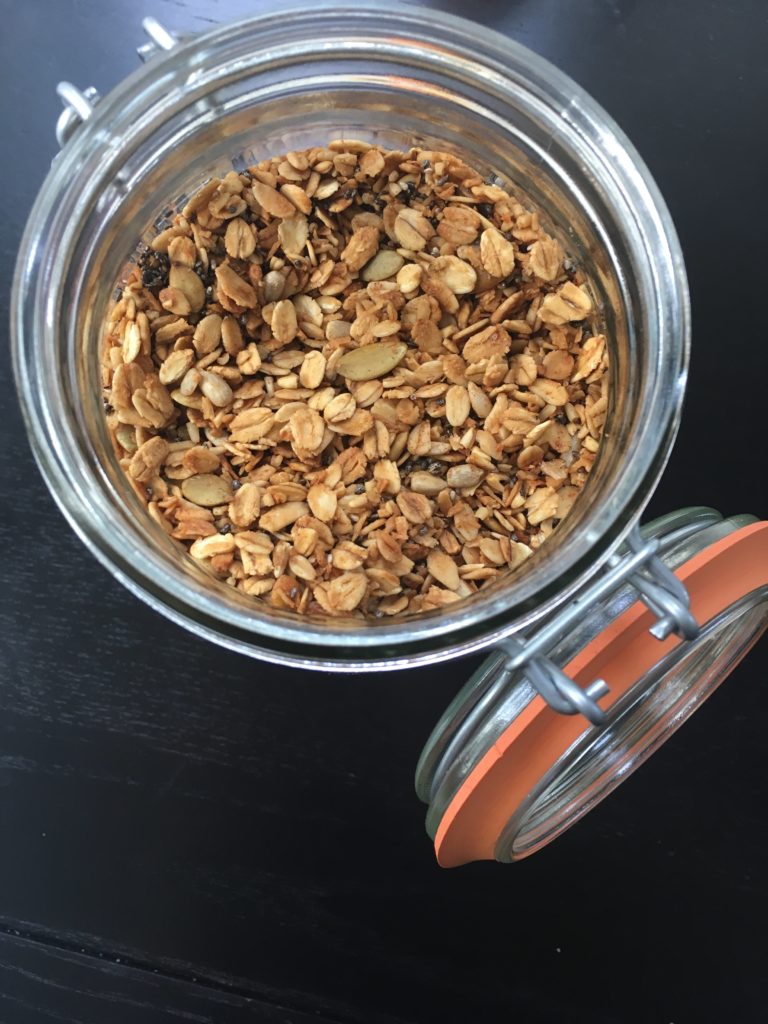
6. Working Toward Zero Waste
In general packaged foods don’t fit my values or come from companies I feel good supporting. Even more so, I can’t stand the idea of sending chip bags and granola bar wrappers to a landfill where they will either end up in the ocean or be buried in other plastic junk longer than I will be alive.
Reducing our trash has pushed us to support local business and farmers, discover new resources around us, reuse what we already have in different ways, and slowly cut down on our environmental impact. (You can see more about the changes we’ve made here.)
7. Refusing to Support Companies Who Support Hatred, Racism, and Sexism
A simple Chrome extension let’s me know when companies support the current administration. Before I purchase anything I do a quick search to make sure that the company ethically produces their goods, has sustainability practices, and aren’t in favor of the current regime. (Here’s a good list to get you started, compilations of dirty donors, or dive into the ultimate list of people and companies to boycott.
8. Keeping an Ethical Wardrobe
Creating an ethical wardrobe is about more than just buying from ethical retailers. Instead I have been taking good care of the clothes I already own. I have refused to buy from companies who don’t use sustainable materials and practices, don’t treat their workers fairly, and don’t pay fair prices for their raw materials. For much of the year, I just didn’t shop at all. When I did need something, I checked for used options first.
9. Reducing Online Shopping
10. Supporting Independent, Ethical, Environmental Business
11. Staying Off Twitter
12. Ignoring Clickbait
13. Listening to New Voices
14. Talking
There have been some falling outs in the last year over social and political beliefs within my extended family. But that hasn’t stopped me from seeing how important it is to talk to the people in my life candidly about what’s happening, how it’s affecting everyone, and what we can do to help one another.
15. Supporting Public Services
16. Refusing Greed and ‘Me First’ Attitude
This obnoxious, toxic behavior is what got us here. We’re all trying to grab what’s ‘owed’ to use before the next person can, and it’s destroying our societies and our happiness.
I’m actively working on not getting mad at people who cut in front of me when driving, being mindful to hold open doors, wave other people through at stop signs, and generally reassess whenever I feel like I have to have something before someone else gets it. This also includes not chasing after the latest and greatest things and instead being thankful for the things we do have.
17. Recognizing Humanity
American society is weird. We pride ourselves on giving each other personal space and being self-reliant individuals. And yet we close ourselves off from others and ignore the humanity in the people around us. I’m all for gliding through the background unnoticed, but there are times when I think it does more harm than good.
This one is as easy as saying ‘hello,’ ‘thank you,’ or even ‘good morning.’ Start with people who hold doors open for you and move on to every service worker who helps you, homeless people, or strangers on your commute. Talk to the person in your office that you’ve never actually met. Get to know the people who take care of your yard or your local park. If an introvert like me can do it, anyone can.
Noticeably Absent:
This year I didn’t make it to any protests. I let my still healing ankle and fear get in the way. 2018 seems like a good year to change that.



